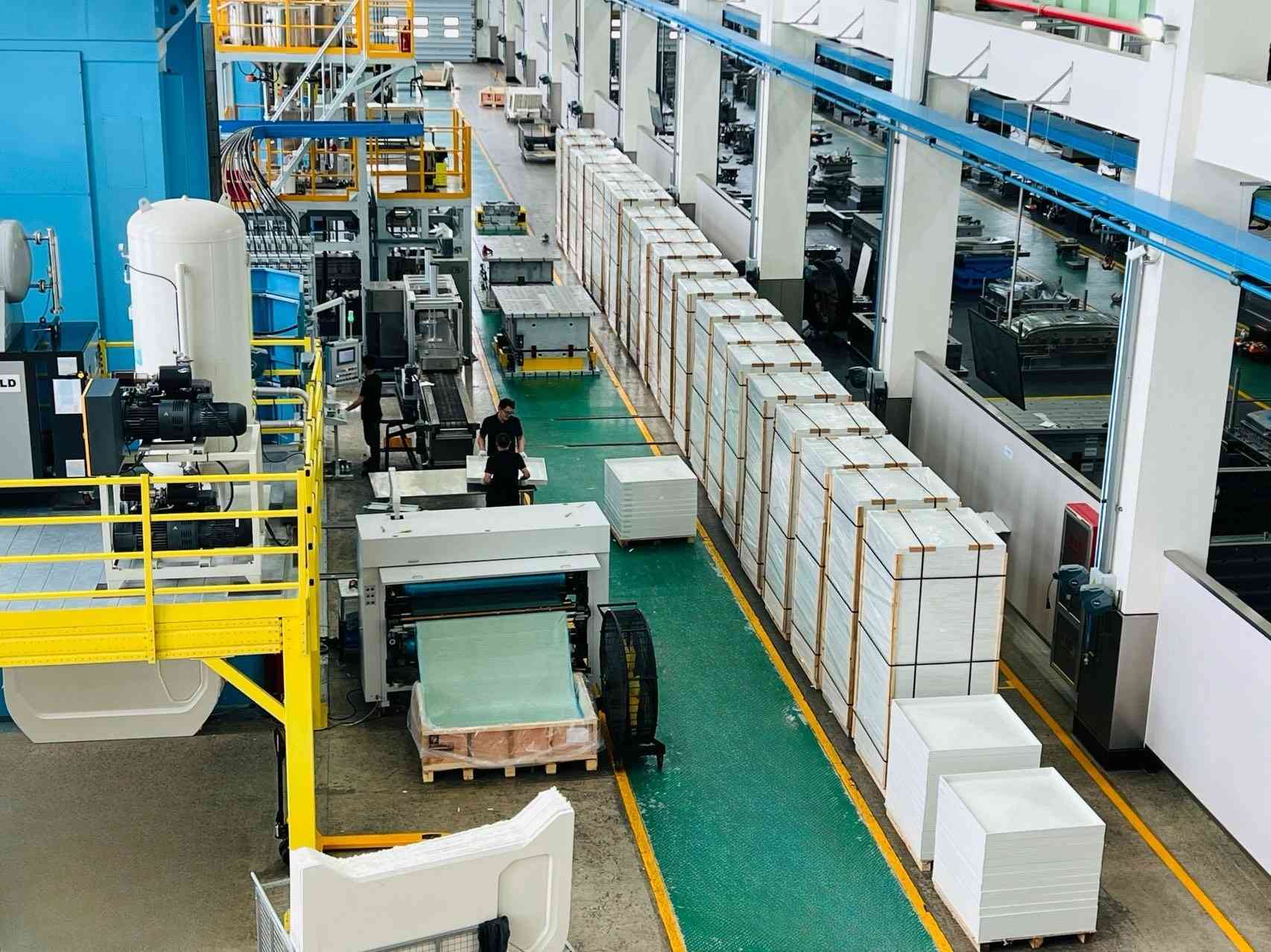Factors Affecting the Lifespan of GRP Water Tanks
-
Material Quality: The lifespan of a GRP water tank is significantly influenced by the quality of the materials used in its manufacturing. High-quality resins and glass fibers enhance structural integrity.
-
Environmental Conditions: Exposure to extreme temperatures, UV radiation, and harsh chemicals can impact longevity. Protective measures may be necessary for severe weather conditions.
-
Usage and Application: Tanks used for potable water storage require more stringent maintenance compared to those for non-potable applications.
-
Installation Quality: Proper installation maximizes lifespan. Incorrect installation can lead to structural issues and leaks.

Advantages of GRP Water Tanks
-
Corrosion Resistance: GRP does not corrode, making it ideal for water storage.
-
Lightweight: Easier transportation and installation, reducing labor costs.
-
Customizable: Available in various sizes and shapes for specific needs.
-
Low Maintenance: Minimal upkeep compared to traditional materials.
Maintenance Tips for GRP Water Tanks
-
Regular Inspections: Conduct inspections to identify signs of wear or leaks.
-
Cleaning: Clean the interior periodically to remove sediment and biofilm.
-
Monitoring Water Quality: Test water quality regularly, especially for potable tanks.
-
Addressing Repairs Promptly: Promptly address any damage to maintain integrity.

Conclusion
In conclusion, the lifespan of a GRP water tank can vary based on several factors. When properly selected, installed, and maintained, GRP water tanks can offer a lifespan of 25 years or more. Understanding the factors that affect longevity and implementing maintenance practices ensures your GRP water tank serves efficiently for years to come.


